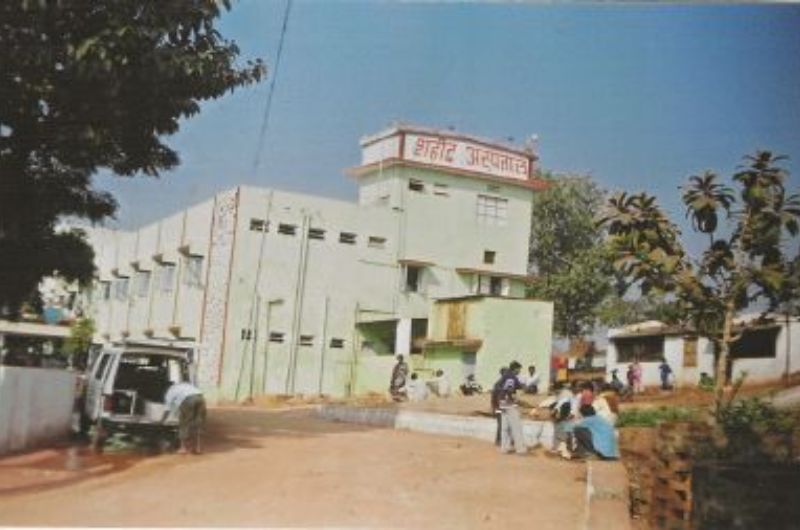Shaheed Hospital, created and maintained by workers and nearing four decades of existence, is an inspiration for the ‘health-for-all’ movement
At a time when the urge to maximise profits has led to serious issues in the healthcare sector, the need for some effort to provide optimum, low-cost medical care particularly to workers and other weaker sections of society has come to the fore. The Shaheed Hospital in the Dalli Rajhara (Chhattisgarh) Region stands as an inspiring example of such an effort. It is, moreover, a rare institution – a hospital built by workers using their meagre savings (with some help from well-wishers), and contributing the labour themselves. It has been functioning for the last four decades, thanks to many committed doctors, nurses and other workers.
Particular mention must be made of Dr Saibal Jana who has been with the hospital since its inception and continues to lead from the front, braving many difficulties and adversities. The late 1970s and early 1980s were a period of great awakening and hope in the mining township of Dalli Rajhara. The iron ore miners, particularly contract workers, had been successfully resisting highly exploitative practices, including very low wages. But under the leadership of legendary trade union leader Shankar Guha Niyogi and his colleagues, the workers also took up many constructive programmes, including an effective campaign against liquor addiction, and one in favour of education and vocational training, as well as a movement to secure healthcare for workers and peasants. I was a witness to these developments as a visiting reporter and journalist.
The trade union had spread its influence to other mining areas in course of time, and established a strong organisational base in rural areas under the banner of Chhattisgarh Mukti Morcha (CMM). This and the main trade union – the Chhattisgarh Mines Shramik Sangh (CMSS) – became a hub for the workers and peasants of the region to assert their rights. My first visit to the area was as a member of a human rights team when a big protest movement was going on and Niyogi ji had been arrested. Repression and consequent protests were constantly happening, and the constructive work had to go on nevertheless. Niyogi ji once noted, “we have so many ideas about experimental constructive work, but the day-to-day problems which our union faces leave us very little time for this”. Even so, progress, like large groups of workers giving up liquor, happened.
Around this time, patients started coming in significant numbers to a dispensary operating from a garage. Some doctors had started a healthcare programme, and a health committee of workers had been formed. We learnt that the workers planned to build their own hospital soon. This was inspiring news but it wasn’t received without reservations. A hospital costs a lot of money to set up, complete with buildings and equipment. How were the workers going to pull it off? But the determined workers soon began turning their idea into reality. As many as 1000 workers gathered to provide dedicated voluntary work, completing in a single day work what might have otherwise dragged on.
The new hospital building was inaugurated in 1983, and additions and expansions were subsequently done, including in the area of equipment. Each of these improvements and additions was a quiet celebration of the aspirations of the workers and peasants, most of who were from tribal communities and other weaker sections and had suffered much because of lack of proper medical care – some had even lost their loved ones for this reason. The hospital was named Shaheed (martyr) to honour the memory of those comrades who had been killed in the course of an early struggle.
Right from early days, the hospital and the union took steps to expand the reach of the health campaigns in rural areas and improve water and sanitation. At the time of disasters like the Latur earthquake and the Bhopal gas leak, the hospital sent volunteers for relief work. Young doctors and health personnel with ideals similar to this initiative came here to gain experience and inspiration. The hospital became widely recognized for providing excellent training to nurses. It contributed to and also made effective use of various government health programmes.
September 2022



 from Webdoux
from Webdoux